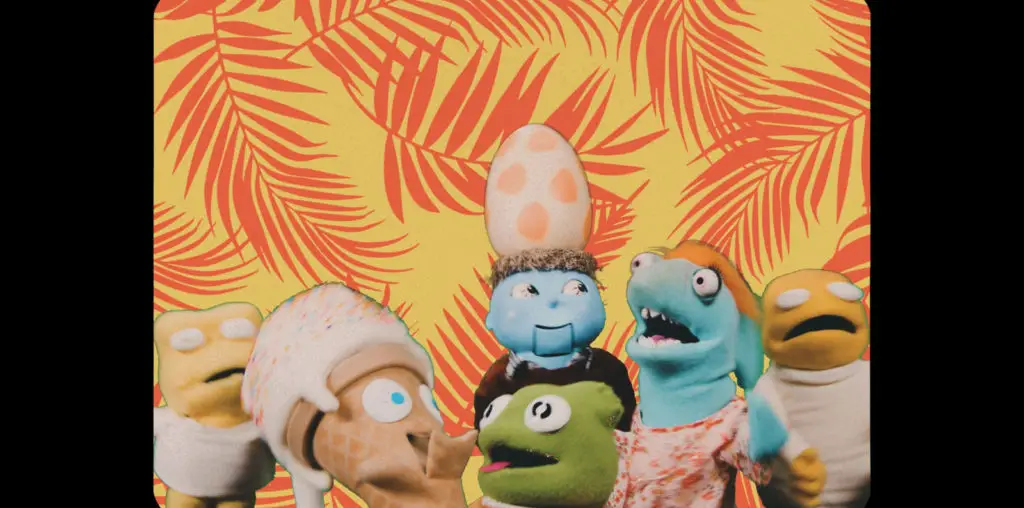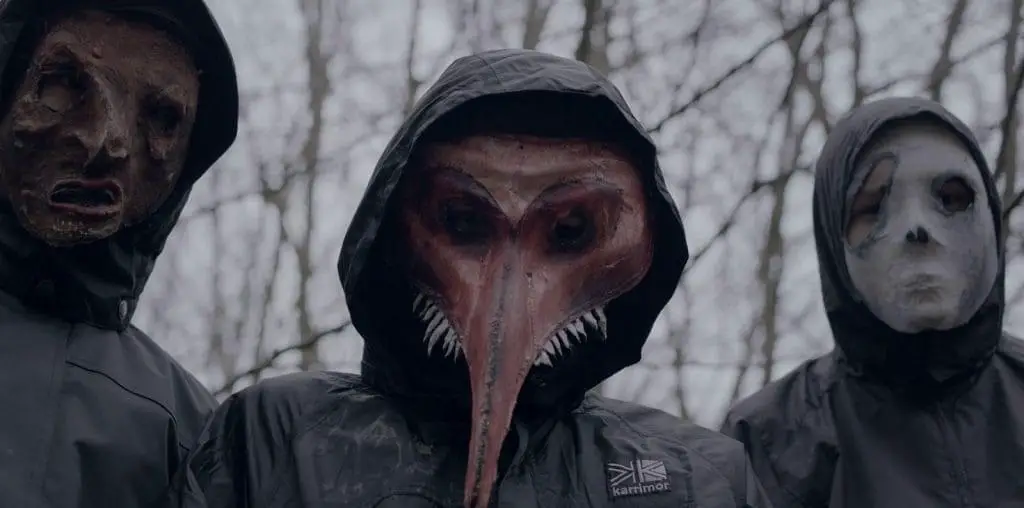
Okay, you know the Three Stooges films. But do you know the Three Stooges themselves? Beyond the weird haircuts and slapstick violence, who were those men in real life?
Film historian Lon Davis provides a fascinating insight into the off-screen world of the Three Stooges. His new book, “Stooges Among Us” (which he co-edited with his wife, Debra Davis) gathers together 17 original essays by people who knew the Stooges, plus a wealth of rare photographs. The result is a fascinating glimpse into the worlds of Moe, Larry, Curly, Shemp, Joe and Curly-Joe.
“Stooges Among Us” will be in stores this summer via BearManor Media. Film Threat caught up with Davis in Los Angeles to discover the story behind the n’yuk n’yuk n’yuks.
Did you know the Stooges personally? And what kind of man was each member of the Three Stooges in real life?Of all six Stooges, I only knew Larry Fine well. I knew Joe Besser from our numerous telephone conversations, and I had one awkward call with Moe Howard. I never met Joe DeRita, nor was I privileged to meet Curly Howard or Shemp Howard (they both died before I was born). From my own personal observations and from the interviews I have conducted with friends, co-stars and family members, I can give a quick impression of each individual.
Moe Howard: Intense, humble, a great family man.
Larry Fine: Easygoing, friendly, generous.
Curly Howard: Painfully shy, withdrawn, gentle.
Shemp Howard: Gregarious, kind, hilarious.
Joe Besser: Petulant, cordial, devoted to his wife.
Joe DeRita: Highly individualistic, funny and playful.
Being identified as one of a trio, as opposed to a single entity, could easily be tough. How did the Stooges get along with one another?
Like any longtime collaborators, the Stooges (meaning the Howard Brothers and Larry Fine) had their share of disagreements. Yet through it all, they liked and respected one another.
Joe DeRita was once quoted as saying he never found the Three Stooges’ comedies funny. What did he mean by that, and how did that sit with Moe and Larry?
Joe DeRita apparently found the Stooges’ approach to comedy to be simplistic and repetitive; he much preferred Laurel and Hardy. As far as I know, DeRita never made those negative comments until Moe and Larry were dead. With a moniker like “Curly-Joe,” he was subject to endless negative comparisons to his legendary predecessor, which would be hard on anyone. Moe and Larry felt that no one came close to Curly Howard in the Third Stooge spot, not even Shemp. Privately, Larry told me that Joe Besser and Joe DeRita were “Johnny-Come-Latelys.”
Joe Besser’s relatively brief period with the act is widely regarded as being the low point for the Three Stooges films. What did Besser think of his time with the Three Stooges, and why did he leave the act after being with them for such a short period?
Besser’s tenure with the Stooges was less than two years. It was, regardless of what he said late in life, just a job to him, nothing more and nothing less. As to the quality of the Besser films, they were substandard. Budget cuts had been so deep that they had little time or resources to make original films; most of the shorts by the mid-fifties were made up of stock footage from earlier works. Besser was hired by Jules White because he was under contract to Columbia Pictures and he was a known comic. But Besser disliked the idea of being struck in any way (he was the one who had always done the hitting in his routines), and he had it written into his contract that Moe could not lay a pointed finger on him. As a result, Moe seems almost intimidated by Joe in the films, which undermines the entire structure of the team.
Interestingly, Joe Besser was unaware of just how bad his films with the Stooges were. I had the temerity to mention the poor reputation that the Besser shorts had among fans and critics, and he seemed genuinely surprised. He would have been willing to go along with the act for longer, but he had a movie to make, “Say One for Me” with Bing Crosby. He said that Moe and Larry told him that his job would be waiting for him when he was done, but he never heard from them again. The Stooges hired Joe DeRita in 1958, and the re-energized team rode the crest of their newfound popularity resulting from the televised Columbia shorts. Joe was bitter about this for many years. Only at the end of his life did he act as something of an emissary for the Stooges, calling his years with the team as “the happiest of my career.”
The Three Stooges came to an end during the making of “Kook’s Tour” when Larry Fine suffered a stroke. If Larry’s health had remained stable, could the act have continued into the 1970s?
The Stooges were all but played out when they made “Kook’s Tour” in 1969. This was a self-financed television pilot that never found a sponsor. Moe was 72 and Larry was 67, which is far too old for the kind of slapstick comedy that had made them stars. Moe even told an interviewer in 1965 that the Stooges would not be around much longer. “Nobody,” he said, “wants to see old men hitting one another.” Of course, if there had been a job offer for the team, Moe would have taken it anyway. He lived to work. And Larry, needing the money, would have gone along for the ride.
What did you learn about the Three Stooges from the book that you never knew?
Larry’s grandson Eric Lamond shared an anecdote that blew me away! In hilarious detail, he tells what it was like to watch his grandfather and Moe wallpaper a bathroom, with Stooge-like results. Several celebrities weigh in on their colleagues, including Rose Marie (Sally of “The Dick Van D**e Show”). She tells for the first time ever just how Jerry Howard was nicknamed “Curley” (actual original spelling). The book is filled with never-before-published interviews, pictures and stories that Stooge fans will cherish. My wife Debra and I are very proud to be the editors of this fresh approach to documenting these legendary funnymen.

